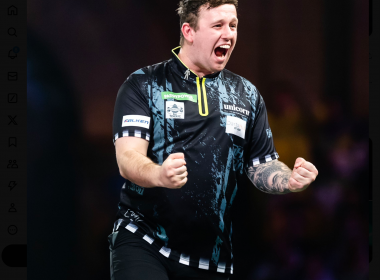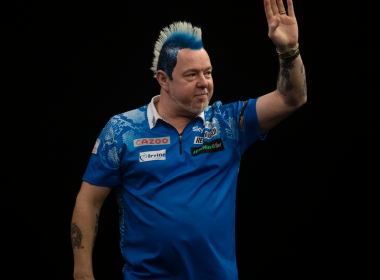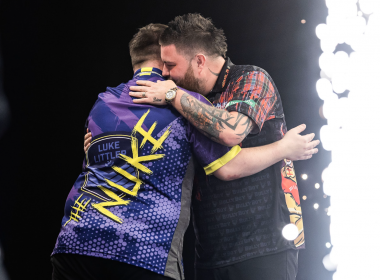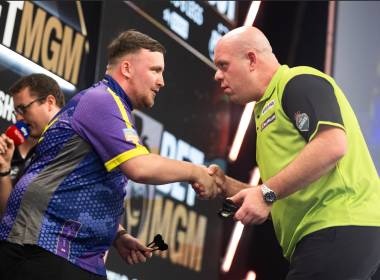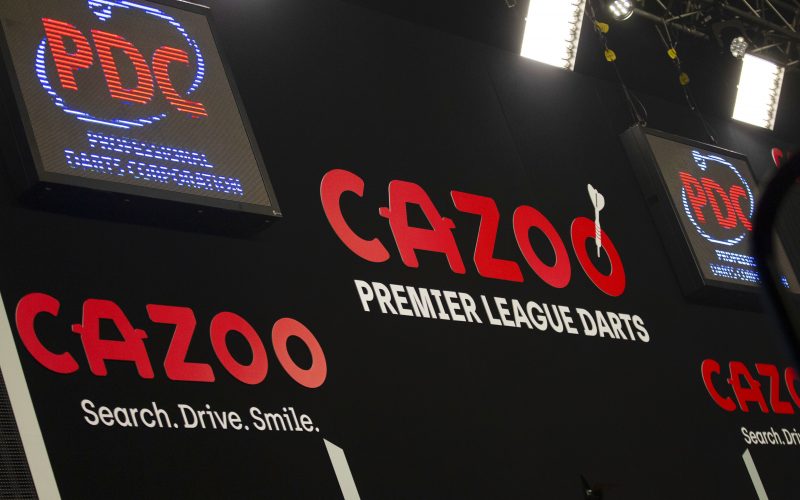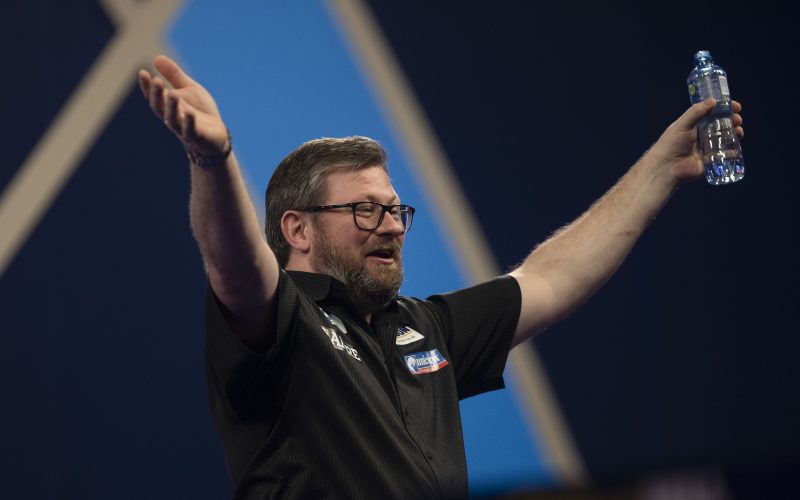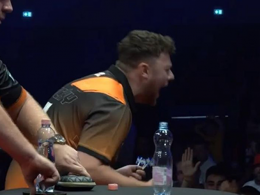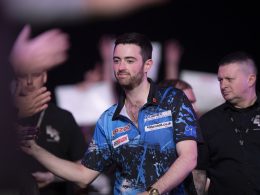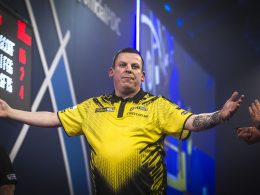What is the rational choice?
In 1983 Keith Deller’s 138 finish to win the World Championship was made all the more memorable because of Eric Bristow’s decision to lay up with one dart at 50 to keep the match alive, consciously offering Deller a return to the board by ignoring the bullseye. Occasionally players still lay up today and it is a strategy that to the naked eye, seems on the rise again.
From the last 3646 attempts at 138 on the Pro Tour in the Darts Orakel database, 211 of them were taken out (5.79%). This can be seen in the ‘Checkout Almanac’ section on the website. It is a fair assumption that in 1983, when conditions were probably more difficult (mainly board quality), the strike rate would have been lower. Bristow was heavily odds-on to come back to the oche where he would have surely mopped up 32. He never got the chance.
Emotions play a huge part in human decision-making, including something psychologists call ‘regret aversion’. We are a predictably irrational species and tend to avoid choices we know could come back to haunt us, even when the probability of them doing so is slim. A decision is made to avoid regretting an alternative decision at a later point in time. While Bristow’s decision may have appeared impudent, it was calculated. Had he opted to shoot for the bull and missed, there would be far less regret involved but he instead took the magnitude of the occasion out of the equation – something very few would have done before or since, due to the fear of regret.
Emotions (positive and negative) attached to memories also make them stronger – you are more likely to remember a decision you made when it had a profound impact on your state of mind, and where this is a negative one, be inclined to say (and act upon) something to the tune of “I won’t do that again”. We haven’t studied Bristow’s career from 1983 to see if the 5-time champ laid up more, or less, in similar circumstances (with his towering self-confidence and belief, it’s very possible he didn’t change anything) but the iconic moment that Deller hit that Double 12 has surely found its way into the minds of many top-level dart players ever since, along with their own hurtful experiences. The question is what, rationally, is the right approach?
One darts commentator who loves to challenge narratives with numerical logic is Sky Sports’ Rod Studd. Rod has typically questioned whether the prevalent opinion in favour of going for the bull is supported by data. Alongside Rod, we did some digging into the percentage chances of winning and losing legs based on going for the bull and not going for the bull, and the various permutations surrounding this.
The Darts Orakel Checkout Almanac has the success percentage of attempts on the Pro Tour that have been captured for every checkout since the beginning of 2017. If we assume that nobody would consider laying up with their opponent on a finish that didn’t require at least two trebles, we can look at the data on anything from 131 upwards.
| Checkout | Pro Tour Success % |
| 131 | 5.53% |
| 132 | 6.63% |
| 133 | 4.68% |
| 134 | 5.84% |
| 135 | 6.52% |
| 136 | 6.11% |
| 137 | 5.40% |
| 138 | 5.79% |
| 139 | 3.84% |
| 140 | 5.86% |
| 141 | 4.51% |
| 142 | 5.33% |
| 143 | 5.46% |
| 144 | 6.66% |
| 145 | 4.51% |
| 146 | 5.58% |
| 147 | 4.76% |
| 148 | 5.61% |
| 149 | 5.34% |
| 150 | 5.11% |
| 151 | 4.32% |
| 152 | 5.48% |
| 153 | 4.73% |
| 154 | 4.55% |
| 155 | 3.84% |
| 156 | 6.14% |
| 157 | 4.79% |
| 158 | 5.31% |
| 160 | 5.78% |
| 161 | 2.68% |
| 164 | 3.05% |
| 167 | 2.96% |
| 170 | 3.62% |
Across this entire list of checkouts there is roughly a 5% chance of a player on the Pro Tour finishing, on average. In betting terms it’s a 20/1 shot. This is measured over almost 122,000 attempts. The chances increase the closer you get to the top of the game – the highest percentage any player has on any of these numbers over the time period measured is Simon Whitlock on 132 (16.33%). Gerwyn Price also has over 16% on 156, although anything over 150 is generally less than 10%, even for the very best.
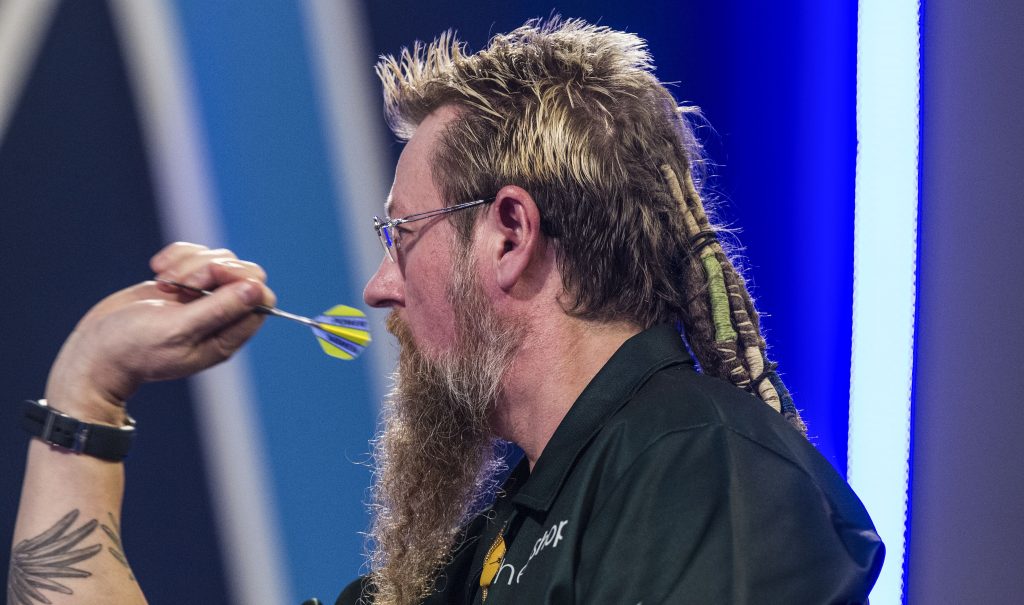
The median hit rate at bullseye over the last 5 years within the professional ranks (on stage only) is 24% – around 1 in every 4 darts. The highest is James Wade (34%) followed by Gerwyn Price (30%).
From all this data we can approximate the likely outcomes of going for the bull or turning it down, on average.
The bull will be hit 24% of the time and missed 76% of the time. 5% of the time you will be punished with the big outshot. This means that 3.8% of the time (5% of 76) you will lose the leg without getting another turn. Of the remaining 72.2%, the two-darter* will be finished around 64% of the time (The Pro Tour success rate on a 25 finish is 64%). 64% of the 72.2 is 46%. Add 46, 24 and 3.8, and you have 73.8% of the outcomes. The other 26.2% of outcomes is unknown (i.e. if you don’t clean up the two-darter, it is advantage opponent but to what extent will vary wildly). From this we can conclude that going for the bull gives you at least a 70% of chance of winning the leg by the next visit.
*When the bull is missed, 76% of the time a player will be left with a two-darter (either hitting 25 or one of the 15 numbers on the board that would not leave a double) but we have not accounted for the 24% where a player could get lucky and hit for example a Single 10 or Single 18.
On the other hand, if you lay up you will lose to the big outshot 5% of the time (Rod adds that you will also be accused by ‘Mardell’ of “silly, silly play”). The other 95% of the time you will come back on a one-dart finish (preferential or ‘favourite’ doubles with three darts in hand are wrapped up about 75% of the time). 75% of the 95 gives you 71.25%. Again, if you miss the one-darter then the probabilities are a bit of a lottery, however we can say that if you lay up, on these sums you have at least a 71.25% chance of winning the leg by the next visit.
These calculations mean that the lay-up is favourable, all other things being equal (this also assumes you don’t miss the single number). For it to play out in this way, you would need to rigidly stick to the strategy and not deviate depending on the stakes at the time. It is worth emphasising that the closer you get to the very top level of the game, the more the favourability is likely to reverse, because the 5% assumption of hitting the big outshot is estimated to be more like 7 to 8% for one of the world’s very best (the top players will also mop up 25 a higher percentage of the time when they’ve missed the bull, but conversely, they’ll be better than 75% on a double with three darts in hand). At this level it becomes even more marginal, and this is where it could really pay to know your opponent if you want to use probabilities to your advantage. The numbers can change drastically if you are facing, for example, Gerwyn Price and the finish he is on is 156. An alternative example would be Michael Smith or Gary Anderson, who both hit double 16 around only a third of the time. Leaving them a poke at 152 might not be such a bad ploy.
Next time you see a player lay up and get royally punished, remember that if they continue doing it, there’s a good argument that it will win them more legs over a long period of time.
Chris White


